HOUSING ASSISTANCE: Eligibility & How Apply | Do It Something
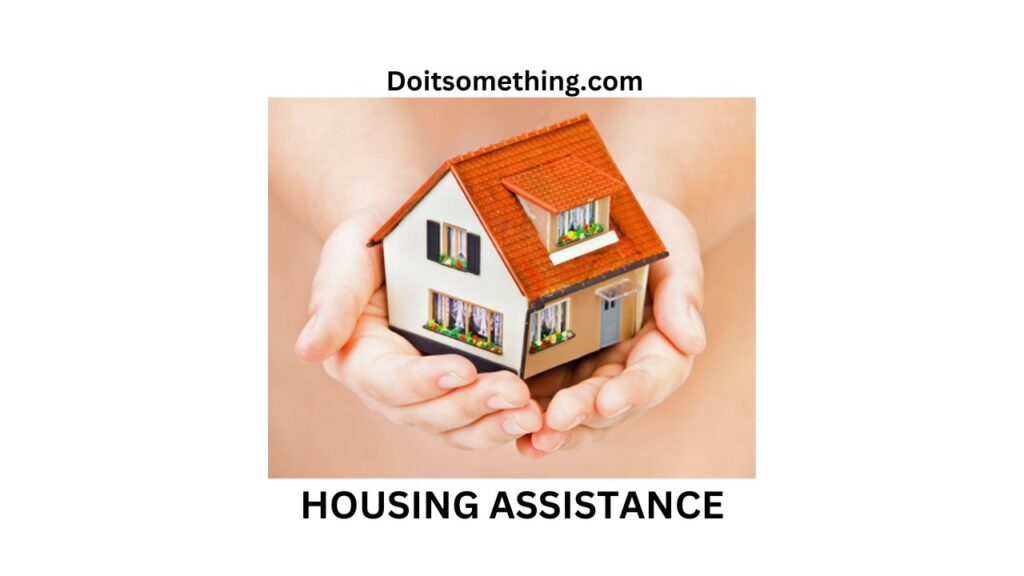
HOUSING ASSISTANCE
Introduction
If you are familiar with HOUSING ASSISTANCE, you should read this article. Continue reading if you want to learn more about utilizing.
Also, read about What Is The Stop-Go Networks.
Housing assistance refers to programs and services designed to help individuals and families find and maintain safe, affordable, and stable housing.
These programs are typically administered by government agencies, non-profit organisations, and private companies.

Housing assistance programs can take various forms, including rental subsidies, public housing, voucher programs, mortgage assistance, and home repair and rehabilitation assistance.
These programs aim to address a wide range of housing needs, from homelessness prevention to affordable homeownership.
The goal of housing assistance is to ensure that everyone has access to safe and affordable housing, regardless of their income or circumstances.
By providing assistance to those in need, these programs can help to reduce poverty, improve health outcomes, and promote social and economic stability.
Rental Assistance Programs
Rental assistance programs are designed to help low-income individuals and families afford safe and decent housing. Here are some key points about rental assistance programs:

- Types of Rental Assistance: There are several types of rental assistance programs, including Housing Choice Vouchers (also known as Section 8), Public Housing, and Low-Income Home Energy Assistance Program (LIHEAP).
- Eligibility: Eligibility for rental assistance programs varies by program, but generally, applicants must meet certain income and family size requirements. Additionally, some programs may prioritize certain groups, such as veterans, the elderly, or individuals with disabilities.
- How it Works: Rental assistance programs typically provide a subsidy to the tenant that covers a portion of the rent. The tenant then pays the remaining portion of the rent to the landlord. The amount of the subsidy is based on the tenant’s income and the local rental market.
- Waiting Lists: Due to high demand, many rental assistance programs have waiting lists. It’s important to apply as soon as possible and check in regularly to ensure your application is still active.
- Landlord Participation: Landlords must agree to participate in rental assistance programs and comply with certain rules and regulations in order to receive subsidy payments.
- Length of Assistance: Rental assistance programs may provide assistance for a set period of time, such as a year, or for as long as the tenant remains eligible and funds are available.
Rental assistance programs can be a vital resource for individuals and families who struggle to afford housing. However, due to high demand and limited funding, not everyone who applies will receive assistance.
Homeownership Assistance Programs
Homeownership assistance programs are designed to help individuals and families achieve their dream of owning a home. Here are some key points about homeownership assistance programs:
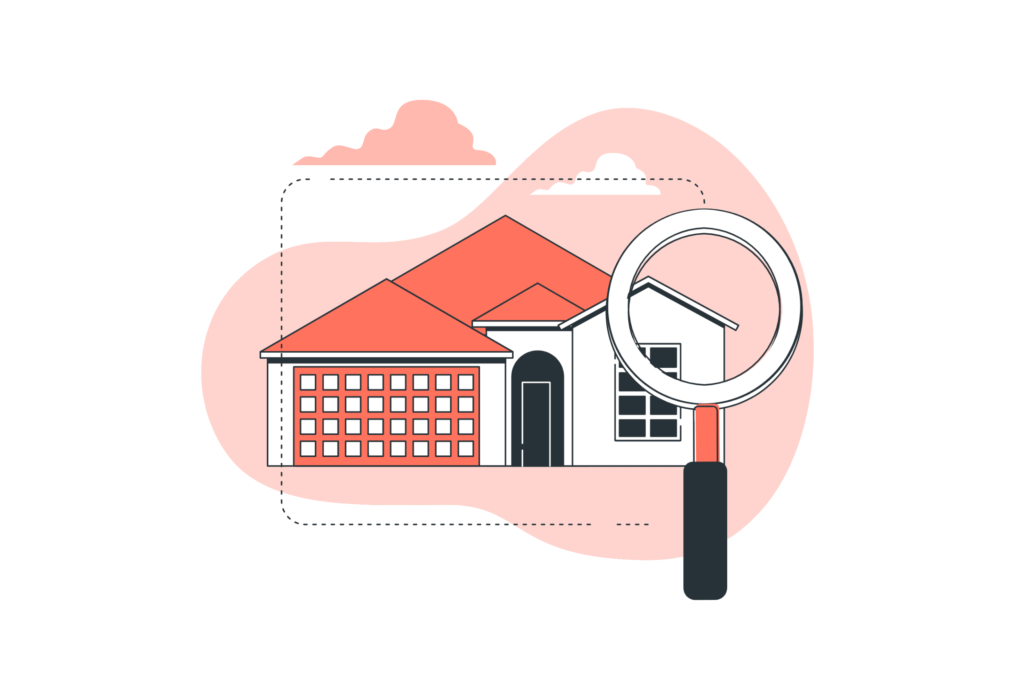
- Types of Programs: There are several types of homeownership assistance programs, including down payment assistance programs, mortgage assistance programs, and homebuyer education courses.
- Eligibility: Eligibility for homeownership assistance programs varies by program, but generally, applicants must meet certain income and credit score requirements. Additionally, some programs may priorities certain groups, such as first-time homebuyers, veterans, or those purchasing homes in specific areas.
- Down Payment Assistance: Down payment assistance programs provide funds to help homebuyers cover the upfront costs associated with purchasing a home, such as the down payment and closing costs.
- Mortgage Assistance: Mortgage assistance programs provide financial assistance to help homeowners with mortgage payments if they experience financial hardship.
- Homebuyer Education: Homebuyer education courses provide guidance and education on the homebuying process, including budgeting, credit scores, and finding affordable housing.
- Local Programs: Homeownership assistance programs are often administered at the local level by government agencies, non-profit organizations, and other community partners.
Homeownership assistance programs can be a great resource for individuals and families who want to own a home but may struggle with the upfront costs or ongoing expenses associated with homeownership. By providing financial assistance and education, these programs can help make homeownership more accessible and sustainable.
Homelessness Prevention Programs
Homelessness prevention programs are designed to help individuals and families who are at risk of becoming homeless. Here are some key points about homelessness prevention programs:
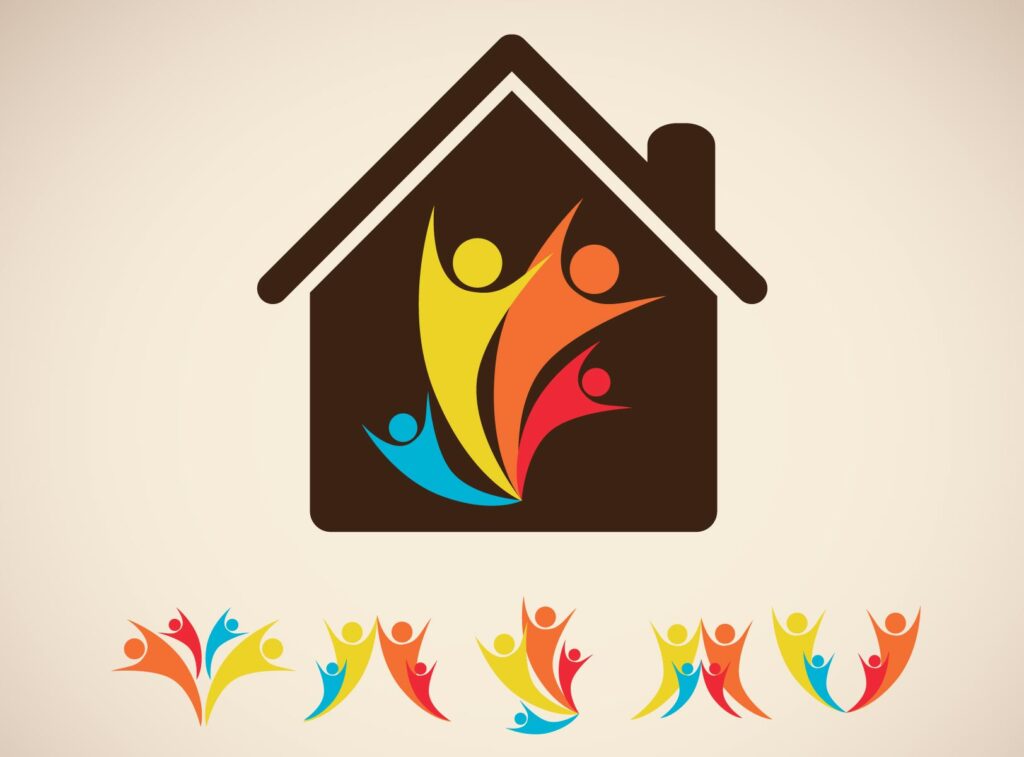
- Types of Programs: Homelessness prevention programs can include emergency financial assistance, case management, eviction prevention, and rental assistance.
- Eligibility: Eligibility for homelessness prevention programs varies by program, but generally, applicants must be at risk of becoming homeless due to financial hardship, such as job loss or medical expenses.
- Emergency Financial Assistance: Emergency financial assistance programs provide one-time funds to help individuals and families cover rent, utility bills, or other essential expenses that could result in homelessness.
- Case Management: Case management programs provide individualized support and guidance to help individuals and families address the underlying issues that contribute to their housing instability, such as financial management or mental health concerns.
- Eviction Prevention: Eviction prevention programs provide legal assistance and advocacy to help tenants avoid eviction, negotiate with landlords, or find alternative housing.
- Rental Assistance: Rental assistance programs provide financial assistance to help individuals and families afford stable housing, either through subsidized housing or vouchers.
Homelessness prevention programs are important for helping individuals and families avoid the trauma and instability of homelessness. By providing a range of services, these programs can address the underlying issues that contribute to housing instability and help individuals and families achieve long-term housing stability.
Home Repair and Rehabilitation Programs for Low-Income Homeowners
Housing rehabilitation is a critical component of addressing the nation’s affordable housing needs, because low-income households are more likely than their wealthier counterparts to live in homes that are unhealthy or unsafe.
Repairing and preserving these homes helps promote safety, health, and quality of life for families while supporting sustainability, affordability, and durability.
Homeowners can use a wide variety of resources to rehabilitate their homes, including grants and deferred loans, in-kind support, and funding through local community development agencies. These programs can be used to bring a property up to code, improve electricity or plumbing, repair the roof and floor, and make other improvements.
The City of Walnut, California provides low-income homeowners with grants and deferred zero percent interest loans to help rehabilitate their homes.
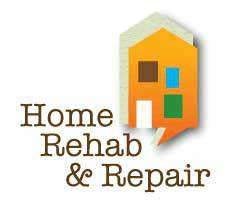
Other small and midsize cities across the state provide homeowners with these resources to address hazardous conditions, correct code violations, and support handicapped accessibility.
In New Jersey, the Township of West Orange offers no-interest rehabilitation loans of up to $35,000 to eligible homeowners to cover necessary repairs or basic improvements. Loans do not require repayment until a homeowner sells their home, and are forgiven for up to 12 years.
Other programs available in Pennsylvania are the Homeowner Rehabilitation Program and Emergency Home Repair Program, both administered by the Fayette County Redevelopment Authority (FCRA).
The Emergency Home Repair Program provides a no-interest loan to qualified applicants to assist them with essential repairs such as roofs and furnaces, water lines, and heaters.
Fair Housing Programs in Delaware
Housing discrimination is the intentional or unintentional denial of housing opportunities to people based on their race, colour, national origin, religion, ancestry, familial status, age, gender, sexual orientation, disability, or other protected class. It’s a violation of federal, state, and local laws.
Fair Housing Programs: This includes programs that promote fair housing practices and help those who might be subject to discrimination understand their rights under the law.
These include education for real estate professionals, outreach to potential homebuyers and renters, testing to identify discriminatory practices in the marketplace, and funding to support local organisations that provide training, education and other resources.
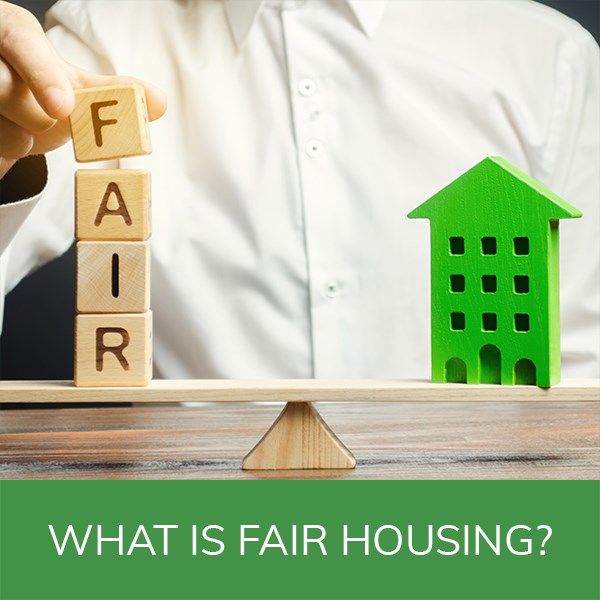
The goal of the Fair Housing Initiative is to eradicate discrimination in Delaware against individuals based on race, color, national origin, religion, creed, sex, marital status, familial status, age, sexual orientation, gender identity or disability.
The program assists those who believe they have been discriminated against; engages in activities designed to encourage fair housing practices in the state; and works to counteract any discriminatory housing practices within the state of Delaware.
Enforcement: The Civil Rights Division’s Fair Housing Section enforces the federal Fair Housing Act, as well as other federal and state fair housing laws, including the Americans with Disabilities Act (ADA), Title II of the 1964 Civil Rights Act, and the Equal Credit Opportunity Act.
It also investigates discrimination under a number of other laws, such as the Servicemembers Civil Relief Act and the nation’s public accommodations and consumer protection statutes.
Supportive Housing Programs
Supportive Housing Programs: This includes programs that provide housing and accompanying supportive services to individuals or families who are homeless or at risk of homelessness, with the goal of reducing homelessness.
This type of housing is a cost-effective solution to many of the most difficult problems facing people living in low-income communities, including mental health, substance abuse issues, ageing, and family needs.
The New York State Department of Health and Human Services (HRA) and the City of New York’s Office of Supportive and Affordable Housing and Services (OSAHS), both of which are part of HUD, provide a range of supportive housing programs that help people find permanent, safe homes.
These programs offer a variety of housing types, service models, and levels of assistance, but they all share the aim of helping people live more stable, healthy, and productive lives.
Program eligibility, selection, and service provision remain a central challenge for people experiencing homelessness.
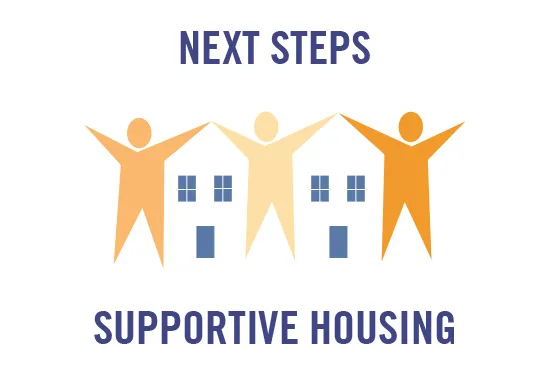
Especially for clients with histories of substance use, criminal records, and mental health diagnoses, the idea of “readiness” is embedded in these programs’ eligibility criteria, participant selection, and service models.
Interviews with clients showed that they generally understood the rules and requirements of their programs. However, concerns about privacy infused their descriptions of these programs and prevented them from forming close relationships with other residents.
This was particularly true for people in fixed-site or congregate supportive housing, where other residents and staff may have had a greater impact on their lives than they did in traditional, subsidized, privately owned housing.
FAQ- HOUSING ASSISTANCE
Eligibility for housing assistance programs varies depending on the specific program. Generally, applicants must meet certain income and family size requirements. Some programs may also prioritize certain groups, such as veterans, the elderly, or individuals with disabilities.
To apply for housing assistance, you will need to contact the program administrator for the specific program you are interested in. Some programs may have online application processes, while others may require you to apply in person or by mail.
The time it takes to receive housing assistance can vary depending on the program and availability of funds. Some programs may have waiting lists, while others may be able to provide assistance more quickly.
Conclusion
This was our guide on the HOUSING ASSISTANCE.
Rental assistance programs provide financial assistance to help low-income renters afford housing, while homeownership assistance programs can help individuals and families achieve their dream of owning a home.
Homelessness prevention programs provide a range of services to help individuals and families who are at risk of becoming homeless, including emergency financial assistance, case management, eviction prevention, and rental assistance.
This article should have made it clearer how to use the HOUSING ASSISTANCE please let us know in the comments area if you have any questions.







